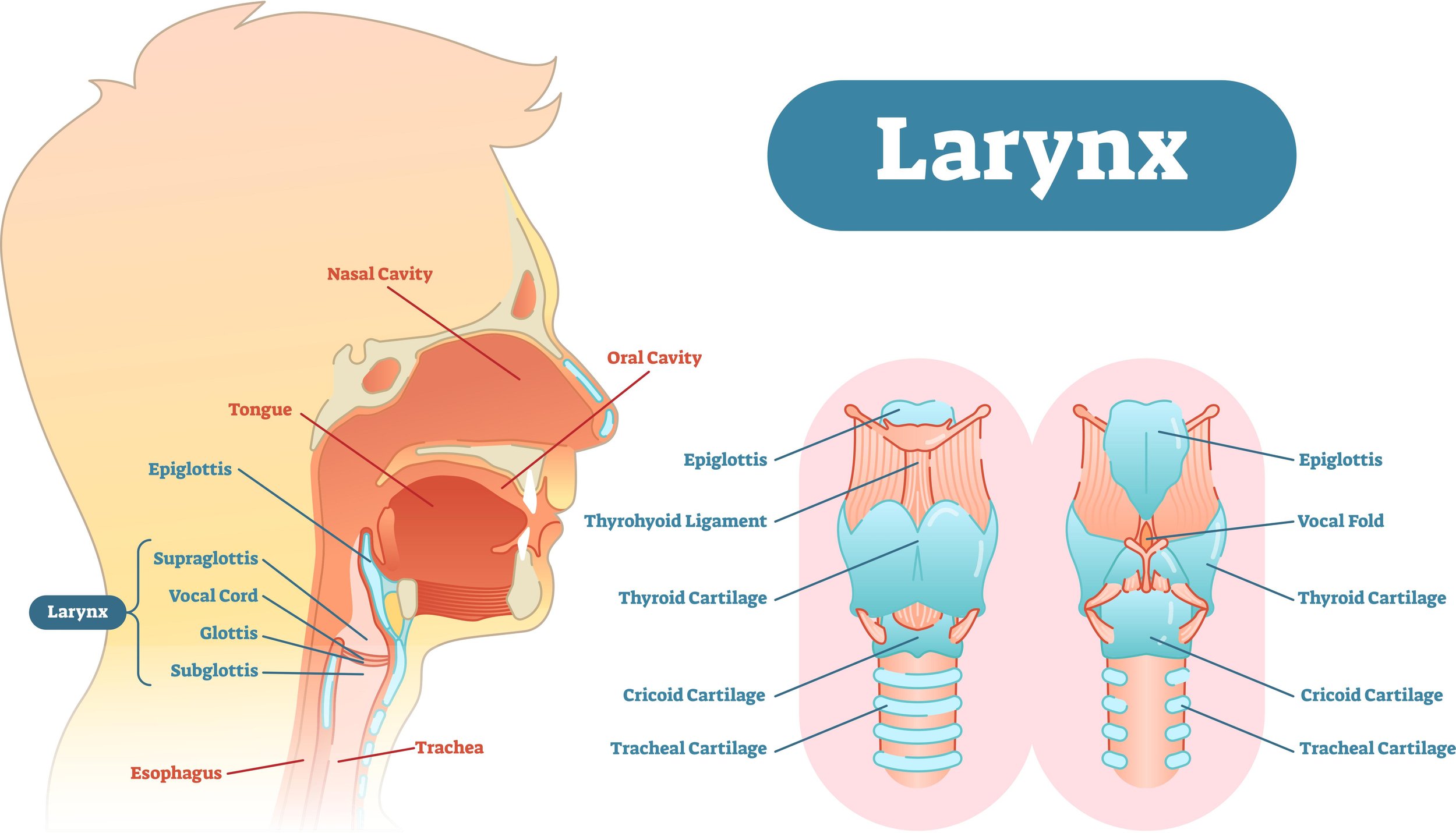Vocal Feminization: What is Vocal Fry?
Ever heard of vocal fry? It’s become a common part of feminine perceived speech, but what is it exactly?
Below, I explain what vocal fry sounds like, how your vocal mechanism works to get that sound, how it’s perceived, and how it is used in speech. I’ll also talk about how to add more or get rid of it, depending on your preference as you feminize your voice.
What is vocal fry?
Vocal fry is a crackling, popping, or creaky sound that is actually the lowest of the 4 registers of the voice. The highest register is the whistle register, followed by falsetto, modal, where we typically speak, and finally vocal fry.
Our vocal folds are two bands of tissue that vibrate together as air passes through them, creating a buzzing sound. They vibrate hundreds of times per second, depending on the pitch, so more vibrations for a higher pitch, and fewer for a lower pitch. When we’re speaking in the modal register, our normal speech register, the vocal folds vibrate smoothly, but when we go into fry, they vibrate in a more chaotic way.
To get a vocal fry sound, the arytenoid cartilages in the larynx come together, causing the vocal folds to shorten and loosen and be lightly compressed. When we add very little breath flow to these slackened folds, we get this popping sound, where little bubbles of air are released from the vocal folds.
It’s important to note that your voice is not going to be damaged by using vocal fry.
Who uses vocal fry?
Vocal fry is often perceived as a feminine speech trait, especially over the course of the last 10 years, but really, we hear it in male voices all the time, too. Kim Kardashian and Zooey Deschanel have gotten a lot of attention for using vocal fry, and it’s really become a part of natural speech for a lot of young women.
How to use vocal fry for vocal feminization
Pitch practice is a big part of the vocal feminization process, and is related to vocal fry. Vocal fry is most commonly used at the ends of sentences. You might notice that you’re starting sentences at your target pitch, and falling into vocal fry frequently.
Check out the video above to hear the sound!
Now, you may be someone who really likes that sound and it’s working for you, kind of letting your airflow decrease and the pitch go down at the ends of sentences, but for others it may be affecting your ability to keep a forward resonance and maintain your speech around your target pitch. So instead of letting your pitch fall to vocal fry, try only letting your pitch fall a little bit at the ends of the phrases.
If you are noticing that you speak only or mostly with vocal fry, it could be an indication that you’re not using good breath support, because vocal fry can only occur when there’s very little breath flow. So thinking about supporting your air all the way through your phrases is a way to keep your pitch up and decrease vocal fry as well.
I hope this blog was helpful for you in figuring out what you think of vocal fry and how much or little to add into your speech. Let me know how it’s going for you down in the comments!





















